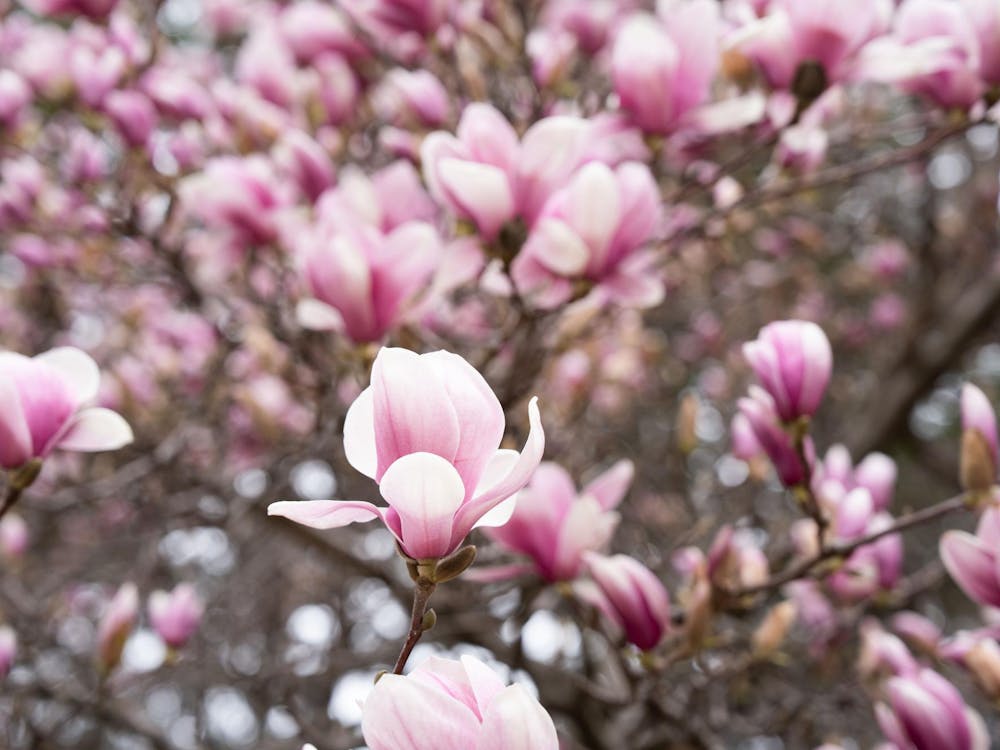The iron fence that bordered the north side of Prospect House for over a century and became a topic of Princeton folklore has been permanently taken down.
University Facilities removed the fencing as part of its initiative to encourage students to use the lawn in front of Prospect House for recreational purposes. According to University Architect Ron McCoy, Facilities hopes to plant new trees and add several benches to the lawn by next year’s Reunions.
This fence was first erected in the summer of 1904 by former University President Woodrow Wilson, Class of 1879. While Prospect House today serves as the faculty dining club, Princeton presidents, including Wilson, had traditionally lived in Prospect House until 1968.
During Wilson’s time as University president, students would often cut across the Prospect grounds on their way to their eating clubs, which irritated Wilson’s wife, Ellen Wilson. After one football game in 1903, students trampled across all of the Wilsons’ plants, and Ellen Wilson then insisted the University enclose the Prospect grounds with an iron fence.
Orange Key historian Michael Showak ’13 explained that according to “the traditional Orange Key lore,” Ellen Wilson actually put up the gate to keep undergraduate men away from their daughter. This legend has never been confirmed.
When Prospect House was first deeded to the University in 1878, its north lawn had been a popular location for student and visitor picnics. According to McCoy, students protested the Wilsons’ gate by sinking part of the fence into the ground shortly after its initial construction. In that year’s annual senior parade, graduating students wore tight-fitting black gowns and pointed hats to represent the gate.
McCoy said he and his team determined that removing the fence would create a “friendlier and more welcoming environment.”
“The functional and symbolic role of a fence that kept people out doesn’t seem to make sense anymore,” McCoy said. “We are basically restoring the grounds to their pre-Wilson landscape, which is more appropriate to the way we want people to appreciate the campus today.”
Facilities has already replaced the iron fence with a post and chain fence to discourage students from walking across the grass as a shortcut.
“It’s not a keep-off fence,” McCoy noted. “It says, 'Come in and enjoy, but please walk around.' We’d love people to sit there and enjoy the beauty of the lawn and the campus.”
The historic fence will be preserved until construction of the Arts and Transit Neighborhood begins. It will then be used as “protective fencing” near Forbes, according to McCoy. The other section of fencing will remain along the perimeter of Prospect Gardens, south of the house.
Showak noted that with the new landscape, the Orange Key legend “might die out.” However, he explained that since part of the fence remains on the south side of the house, some tour guides will continue to share the story.

“Hopefully, visitors won’t notice the change,” Showak said.







